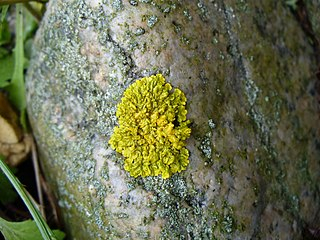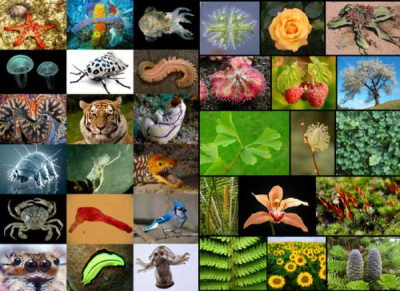What are pioneer species?

Pioneer species include lichens mosses, fungi, and microorganisms such as bacteria. They reproduce and grow very fast establishing themselves before other competitors arrive. They are instrumental in building an initial biological community which will gradually enable other species to thrive.
Picture this. A newly created barren ecosystem or a barren disturbed environment. Not many organions can grow in these harsh, sterile environments. But a pioneer species can and hence the name. They are the pioneer or harbingers of life
The first species to colonise a newly created environment or recently disturbed environment is called a pioneer species.
These important species are the first to colonise barnos ecosystems. They are hardy and help in the recovery of an environment or ecosystem if it has been disturbed by cos such as deforestation or wildfires. They make the environment more hospitable for later species to thrive like helping enrich the ecosystem with nutrients
As they are the first to arrive they need to survive the harsh, barren ecosystem. As such, they are mostly photosynthetic can withstand harsh environments, mature early, or may even be capable of producing and dispersing a large volume of seeds. The seeds may be capable of surviving long periods of dormancy Pioneer species have many similar adaptations that help them colonise hostile environments.
They may be capable of germinating growing and reproducing quickly and also create a large range of offspring. For this, they might depend on asexual modes of reproduction or wind-dispersed pollen and seeds
Pioneer species include lichens, mosses, fungi and microorganisms such as bacteria. They reproduce and grow very fast, establishing themselves before other competitors arrive.
They are also instrumental in building the initial biological community. As time passes by, new entrants such as plants, animals and other organisms will arrive and outcompete them, changing the dynamics and structure of the biological community.
They are versatile and play an important role in ecosystem recovery and growth. They prepare the disturbed ecosystem or new ecosystem for complex communities.
Picture Credit : Google
